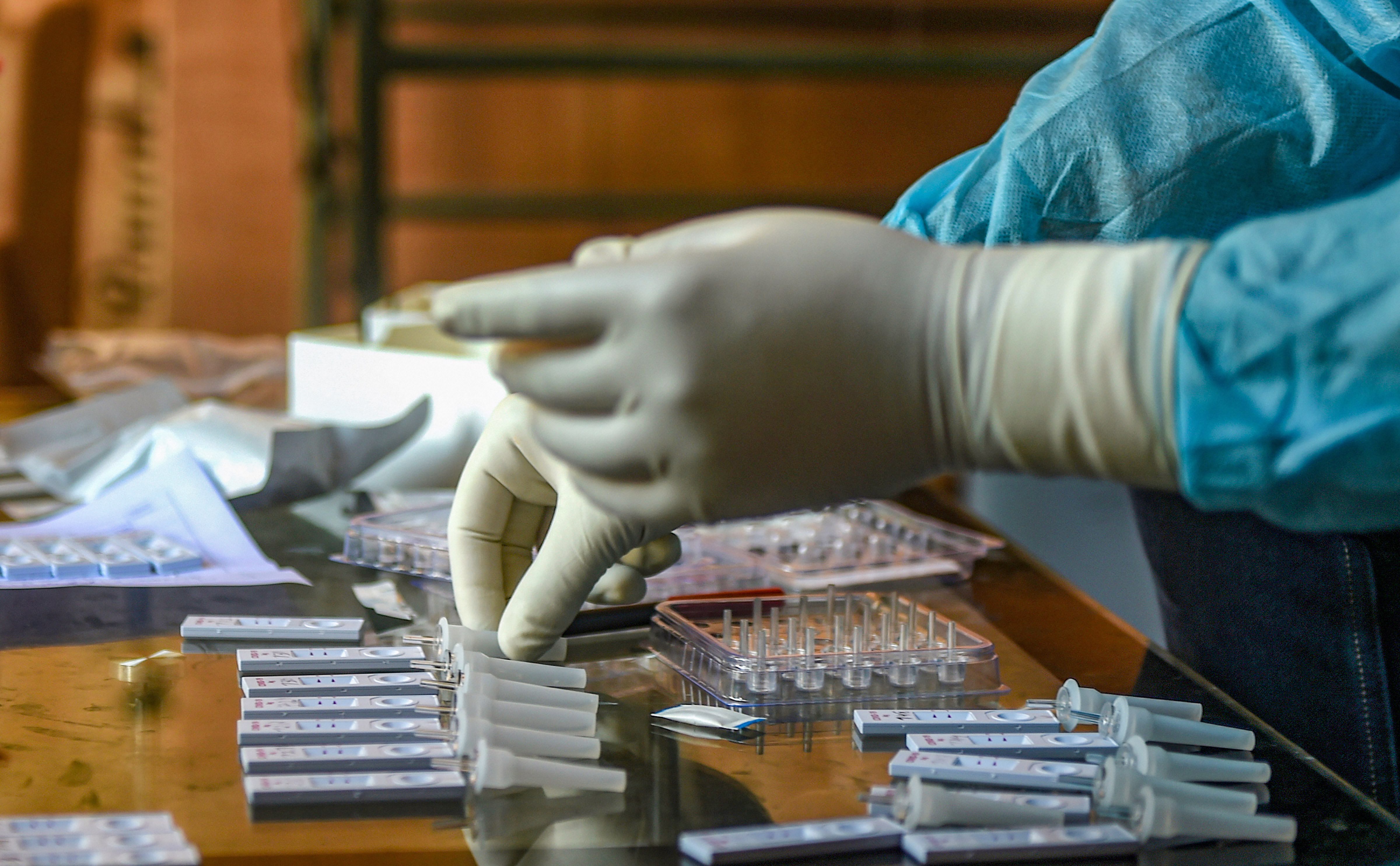
Why Pune's COVID-hit localities may be inching closer to herd immunity

More than 50 per cent of the population of Pune’s five worst-hit prabhag areas (sub-wards) was found to have developed antibodies against the novel coronavirus during a serological survey conducted by the Pune Municipal Corporation (PMC), indicating a possible move towards herd immunity in these areas.
The survey was carried out in five high-incidence sub wards out of a total of 41. These prabhag areas are Yerwada, Lohiyanagar-Kasewadi, Rastapeth-Ravivarpeth, Kasbapeth-Somwarpeth and Navipeth-Parvati. The survey was conducted from July 21 to August 5. The joint population of these areas is around 3.66 lakh.
A similar survey conducted by the National Centre for Disease Control (NCDC) in Delhi between June 27 and July 10 found one in every five persons to have developed antibodies for the virus, an indication of the national capital inching towards herd immunity.
What is a serological survey?
Under a serological survey, the blood samples of people of an area are tested for the existence of SARS-CoV-2 antibodies. The existence of the antibodies in the person’s body indicates that he/she has already been infected by the virus in the past. The person, in this case, is called seropositive while the percentage of seropositive people indicates the seropositivity of the population.
The survey in Pune found out that more than half (or 51.5 per cent) of the population in the prabhag areas showed the existence of SARS-CoV-2 antibodies. It means that these people were infected with the virus in the past. Lohiyanagar-Kasewadi area showed the highest prevalence of antibodies at 65.4 per cent.
The share of the seropositive population is much close to attaining the herd immunity in these areas. The herd immunity is the stage when enough people get infected and build immunity against the virus so that they act as a shield to the vulnerable, uninfected population. Though data from Wuhan (China) suggests that 70 to 80 per cent population requires being immune to the virus to build herd immunity, the latest data pegs the requirement between 45 and 50 per cent.
Older population less likely to be seropositive
When the age-wise data of the serological survey is examined, it shows a lesser prevalence of seropositivity in the older population, especially those above 66 years of age. The prevalence in the other age groups is in the range of 50 per cent across the age brackets. Even the gender-wise prevalence of seropositivity is almost the same, as men and women showed 52.8 and 50.1 per cent seropositivity, respectively.
People living in apartments and bungalows were less exposed to the virus compared to those living in slums. The seropositivity in hutments stood at 62 per cent, according to the survey. Those living in apartments had the least exposure as only a one third (33.2 per cent) of the population showed the existence of antibodies in them.
Shared toilets mean more infections
Lastly, the use of toilets seemed to have played an important role in exposure to the virus, reveals the survey data. Approximately 62.3 per cent population using shared toilets showed seropositivity compared to the 45.3 per cent having independent toilets. This means that those having independent toilets were less vulnerable to the virus.
The survey was conducted in collaboration with Indian Institute of Science Education and Research (IISER), Christian Medical College (CMC), Vellore and Translational Health Science and Technology Institute (THSTI), Faridabad.
Dr Aurnab Ghose, a molecular cellular biologist with IISER, Pune and one of the principal investigators of the paper, clarified that the study does not necessarily mean that the population is protected from the virus.
“All we can say is they had been infected in the past and have developed the immune response. They can be re-infected,” Ghose said.
He said that scientists involved in the survey are further testing those serums to check if they can block the virus. The results would be published in a month, he said.
Dr Ghose said that the survey was conducted in select areas and thus cannot be extrapolated to the whole city. “We need to study the behaviour of the virus across all the areas before concluding anything about the city as a whole,” he said.
When asked about how the survey will help the administration in planning their strategies against the virus Dr Ghose said, “A lot of data about the population is collected through these types of surveys. This will help the government gauge the sensitivity and susceptibility of the population as well as the extent of infection. So they can accordingly adapt to the new strategies.”


